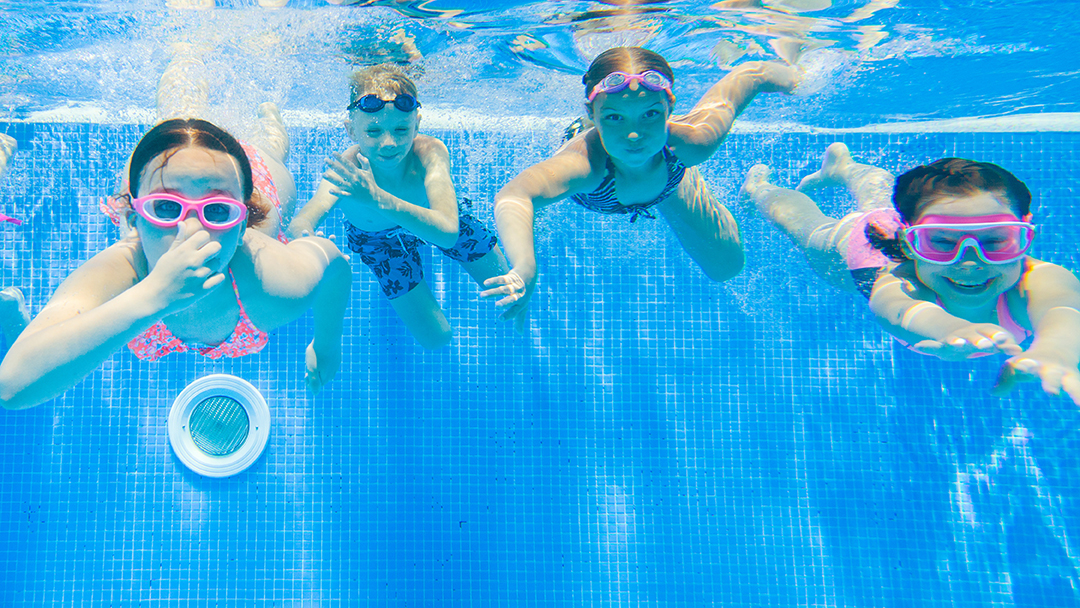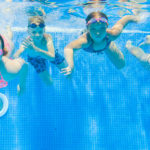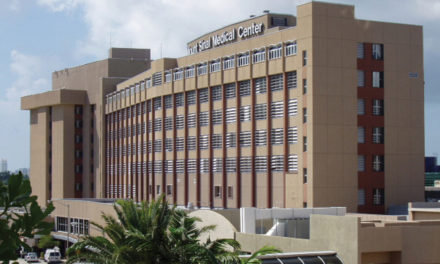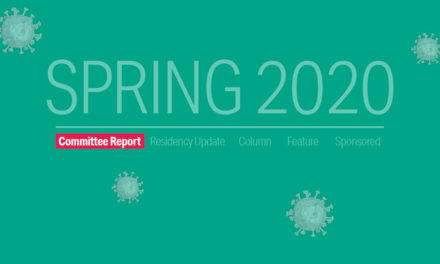EMS/Trauma: Summer 2021
Summertime has come, and the state of Florida is witnessing a disturbing amount of drownings unlike anything in recent history. There have been reports of drowning being a near-daily occurrence in places such as the central Florida region. The causes seem multi-factorial, including the rise of AirBNB-type rentals vs. traditional hotels and more supervised community pools.
Globally, and likely significantly underestimated, there are over 372,000 drowning fatalities per year. In the U.S., an average of 4,000 people drown per year, with an unfortunate average of 10 fatalities per day, and Florida already has the highest unintentional drowning death rate among children ages 0-9 years compared with other states.
While Floridians are used to enjoying water-related activities year-round, there is a large flux of people moving down or visiting this time of year with summer vacations. Many visitors want to come to Florida to relax and let their guards down. Given the insanity of the last year or so, we understand this feeling; however, we must strive to make people aware of the dangers of unattended pools. Water safety and drowning awareness must continue to be crucial statewide issues. We must identify partnerships and critical stakeholders to ensure we do not continue to have these types of preventable deaths.
We must also ensure we, as providers, are up-to-date on best practices when encountering a drowning patient. While a vast majority of drownings involve children at home or in friends’ pools, drowning is a pathologic process that can affect any age, sex or race. Despite tremendous advances in medical care, drowning statistics are still high. Why? Our general approach to treating drowning cardiac arrests as most cardiac arrests is likely doing a disservice to our patients.
Some commonly still taught misconceptions regarding drowning that we encounter in both the hospital and pre-hospital environments must change. It doesn’t matter if it’s warm or cold water, saltwater or freshwater, a young or old individual — the time of submersion and reversal of that process, with a focus on the respiratory part of resuscitation, are what make a big difference. General resuscitation C-A-B is not appropriate prioritization, and in small print, AHA guidelines even acknowledge that it is still A-B-C with drownings. There is also no appropriate use of terms like “dry drowning” or “secondary drowning” or “near-drowning.”
Hopefully, this shallow dive into the topic stimulates some thoughts. We urge you to reach out to Dr. Benjamin Abo or our true local water emergencies expert, Dr. Andrew Schmidt, so that you don’t drown in a sea of misinformation.
Start with these resources:
- Drowning Literature Blog
- Drowning Expert, Dr. Andrew Schmidt
- Stop Drowning Now
- Lifeguards Without Borders
This article is part of the following sections:









